Geology of the Adirondack Mountains (cont.)
2 Adirondack Lowlands
The Adirondacks Lowlands are separated from the Highlands by the CCMZ to the southeast and from the Frontenac terrane (New York and Ontario) by the Black Lake shear zone to the northwest. They mainly consist of metasedimentary rocks (chiefly marbles) and gneisses. They were metamorphosed at a depth of ~20 km (upper amphibolite facies), which means that about 20 km of rocks are now missing. Granitoids and rocks belonging to the MCG suite (i.e. the AMCG suite without anorthosite) are less common than in the Highlands. Marbles and gneisses have been long considered to form a stratigraphic succession, with the Hyde School Gneiss (HSG) at its base, then the Lower marble layer, the Popple Hill Gneiss (PHG), and the Upper marble at the top, which would mean that the gneisses are metavolcanics and/or metasedimentary. Carl (1988) and Carl et al. (1990) proposed that both gneisses were metavolcanic, PHG being of dacitic origin and HSG having an ash-flow tuff protolith. Newer metamorphic P-T studies as well as U-Pb dating favor an intrusive origin for HSG (McLelland et al., 1991, Peck et al., 2011). For Chiarenzelli (2012), after Heumann (2006), the source of PHG was 1300–1380 Ma calcalkaline arc rocks of the present southern Adirondacks; after being eroded, they deposited as a shale-graywacke sequence (flysch) in the Trans-Adirondack basin between 1245 and 1220 Ma during the Elzevirian orogeny and were metamorphosed at the time of the 1200-1160 Ma Shawinigan orogeny.
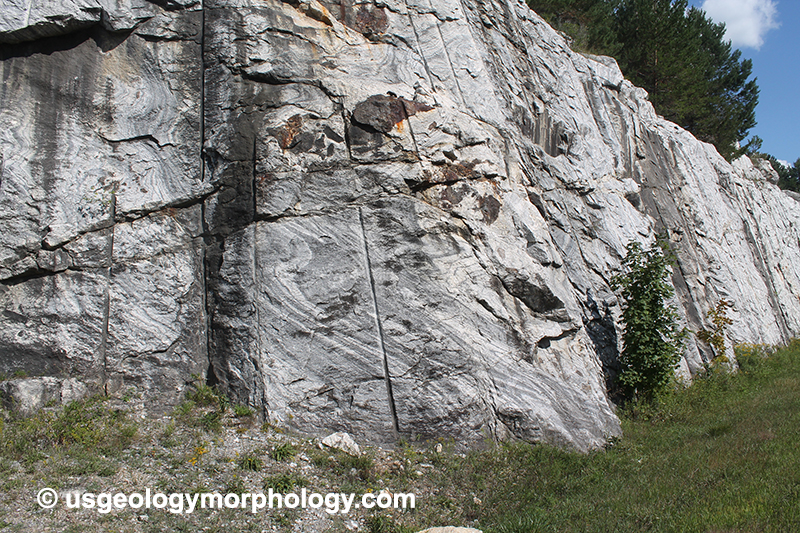
Figure 2-1. Lower Marble between Gouverneur and Hailesboro, New York.
The lower marble (metamorphosed limestone and dolostone, the latter containing Mg) is folded (white and gray bands), while the less ductile basalt dike (black) broke; at the time of deformation metamorphism transformed the basalt into amphibolite.
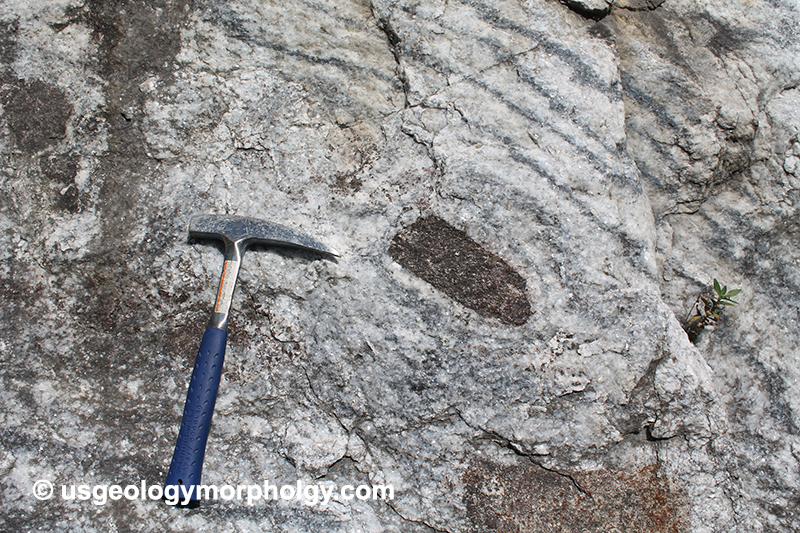
Figure 2-2. Lower marble close-up in the same location.
Folds in white (calcitic and dolomitic) and gray (silicic impurities) bands of marble are well visible. Note how the folding is disturbed around the amphibolite. Hammer for scale.
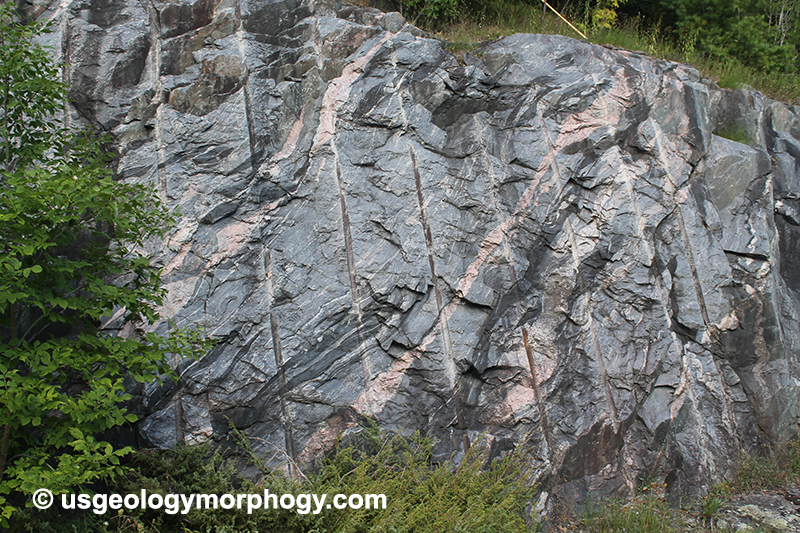
Figure 2-3. Popple Hill gneiss, Adirondack Lowlands, New York.
Popple Hill gneiss at its type locality, on route 58, SE of Gouverneur and NW of Fowler. Here is exposed the migmatitic phase of this gneiss. Major minerals include K-feldspar, biotite, plagioclase, quartz, garnet and sillimanite. Most of PHG consists of fine-grained gray mesosomes of plagioclase (mainly oligoclase) and black biotite. Secondary are pink leucosomes and megacrysts (K-feldspar and quartz), as well as black amphibolite interlayers (probably originating as oceanic basalt sills) containing plagioclase-rich leucosomes.
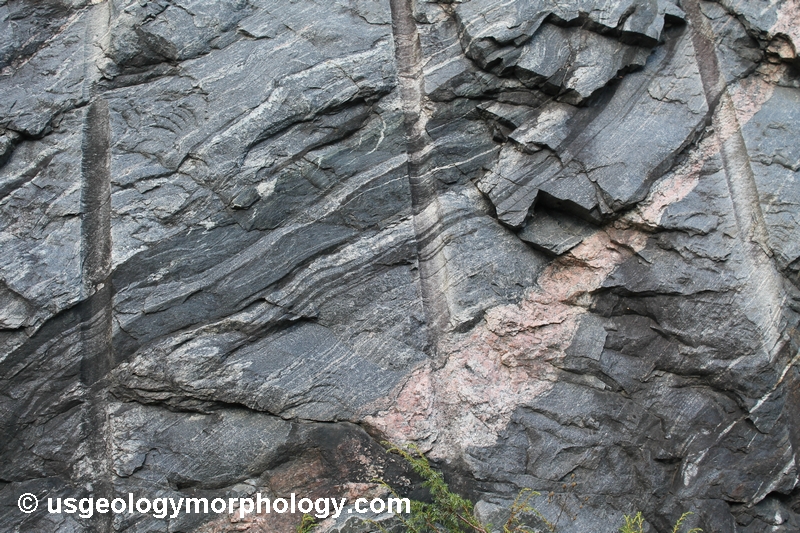
Figure 2-4. Popple Hill gneiss close-up.
Close-up of a part of figure 2-3. Wide pink leucosome of K-feldspar in biotite gneiss. White narrow leucosomes of quartz in amphibolite interlayers.
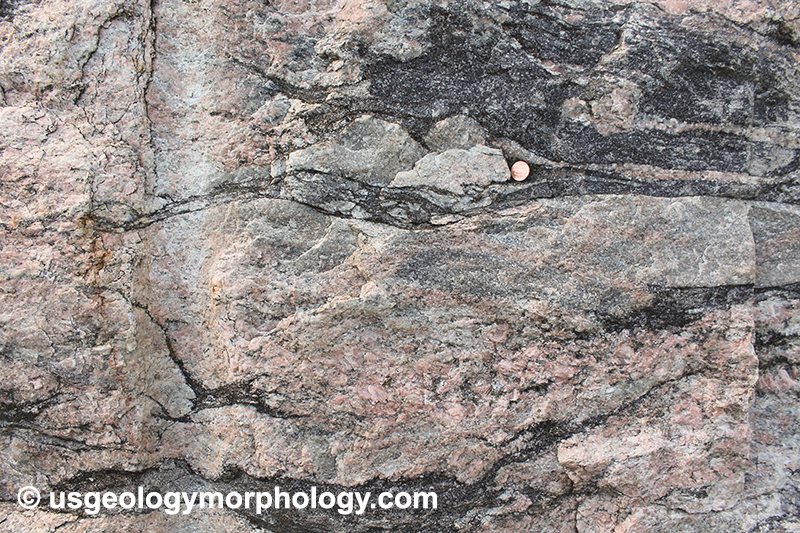
Figure 2-5. Popple Hill gneiss leucosome.
The leucosome at center is dominated by pink K-feldspar and black biotite. It is also rimmed by biotite. Penny shows scale.
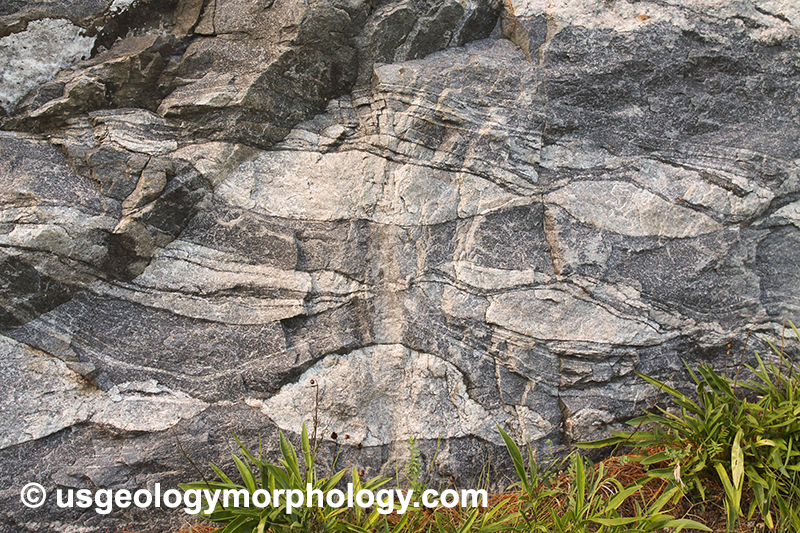
Figure 2-6. Boudinaged leucosomes in Popple Hill gneiss.
The biotite rims around the leucosomes are very visible on this photograph.
The Lowlands also host several intrusions of Shawinigan age that make up about half the area's outcrops.
The Antwerp-Rossie metaigneous suite (granitic, granodioritic, and dioritic orthogneisses) was dated at 1203 Ma by Chiarenzelli et al. (2010). For Wasteneys et al. (1999) it derives from calcalkaline plutons in an Andean-type setting when the TAB subducted under the Laurentian margin.
The Hermon granitic gneiss is a little younger at 1182 Ma (Heumann et al., 2006).
The age of the Hyde School gneiss (HSG, see above) was first set at 1285-1230 Ma by McLelland et al. (1991), then revised as 1172 Ma by Wasteneys et al. (1999).
The 1180-1150 Ma Frontenac plutonic suite has been extensively studied and dated in Ontario. Recently, several plutons in the Lowlands have been considered as parts of this suite: the Edwardsville pluton (first dated at 1164 Ma by McLelland et al., 1993, then at 1187-1149 Ma by Peck et al., 2013), the Honey Hill pluton (1161 Ma, Peck et al., 2013) and the Beaver Creek pluton.
Next: Carthage-Colton Shear Zone
Short Glossary (opens in new tab)
